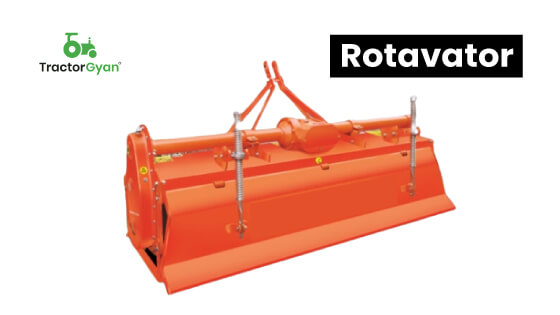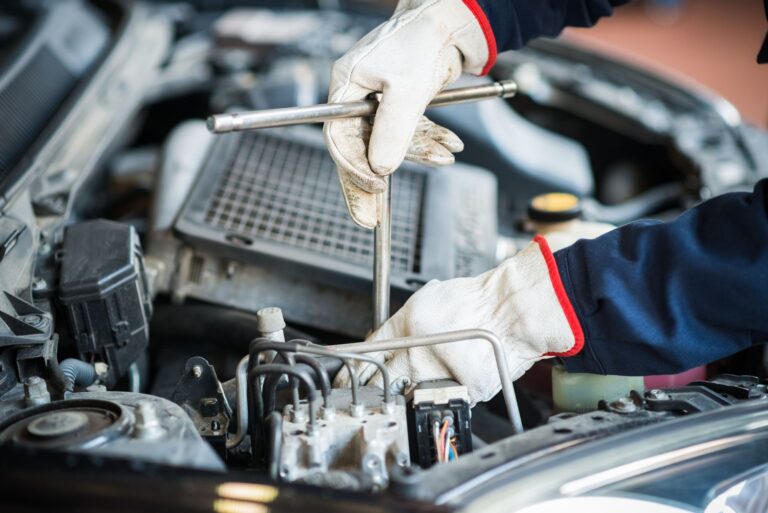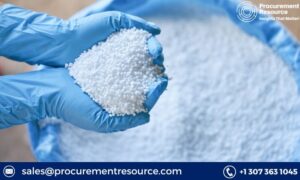Rotavators, also known as rotary tillers or rototillers, are versatile agricultural implements designed for soil preparation. Here are some common uses of rotavator machines in agriculture:
-
Seedbed Preparation: Rotavators are extensively used to prepare seedbeds by breaking up and finely tilling the soil. This creates a suitable environment for seeds to germinate and plants to establish their roots.
-
Weed Control: The rotating blades of a rotavator effectively cut and uproot weeds, helping in weed control. This is especially beneficial before planting crops, as it reduces competition for nutrients and water.
-
Mixing Crop Residues: Rotavators are useful for incorporating crop residues into the soil. This practice helps in decomposing organic matter, improving soil structure, and enhancing nutrient availability.
-
Aeration: The action of the rotavator blades helps in aerating the soil by breaking up compacted layers. Improved soil aeration facilitates better root growth and nutrient uptake by plants.
-
Fertilizer Incorporation: Rotavators can be used to mix fertilizers or organic amendments into the soil. This ensures an even distribution of nutrients, promoting healthy plant growth.
-
Mulching: After rotavation, the soil surface is often left loose, creating a natural mulch. This mulch helps in retaining soil moisture, suppressing weed growth, and protecting the soil from erosion.
-
Land Leveling: Some rotavator models come with adjustable rear rollers or leveling boards, allowing farmers to level the soil after tillage. This is essential for creating a uniform planting surface.
-
Reduced Manual Labor: Rotavators mechanize the soil preparation process, reducing the need for manual labor. This can lead to increased efficiency and faster field preparation, especially in larger agricultural operations.
-
Preparation for Cover Crops: Rotavators are commonly used to prepare the soil for cover crops. This helps in creating a favorable environment for cover crop establishment and subsequent benefits such as soil conservation and nitrogen fixation.
-
Sod Breaking: In areas with sod or grass cover, rotavators can be employed to break the sod and prepare the ground for cultivation.
It’s important to note that the specific use of a rotavator may vary based on factors such as soil type, crop type, and local agricultural practices. Farmers often adapt the use of rotavators to suit their specific needs and conditions.








